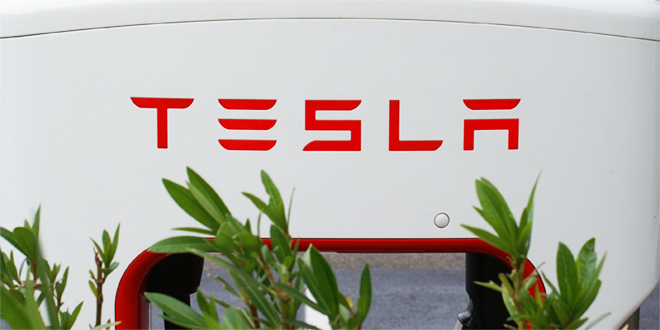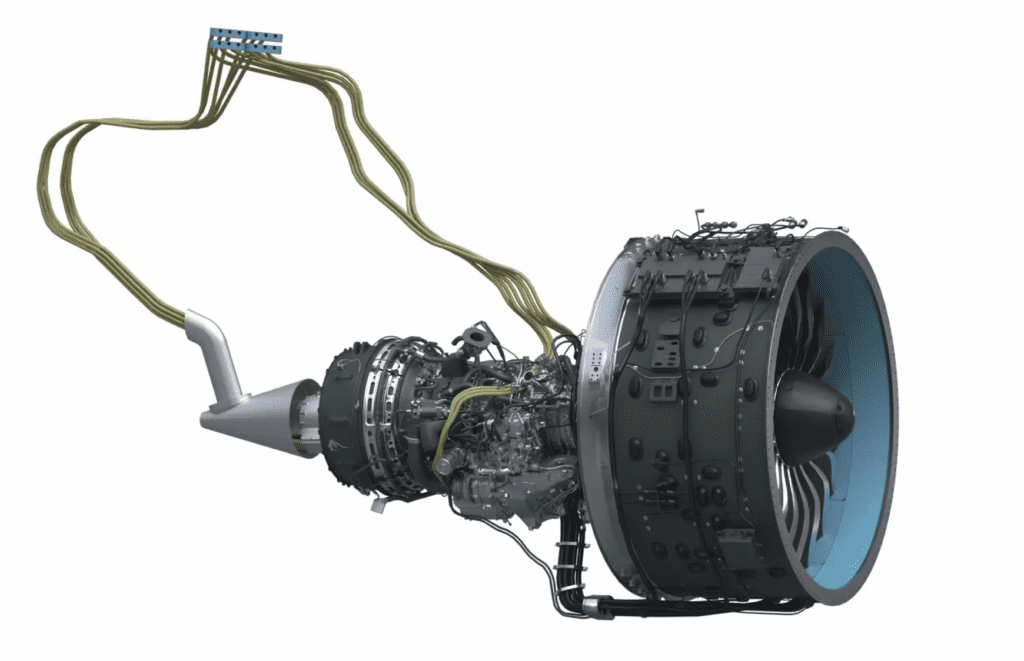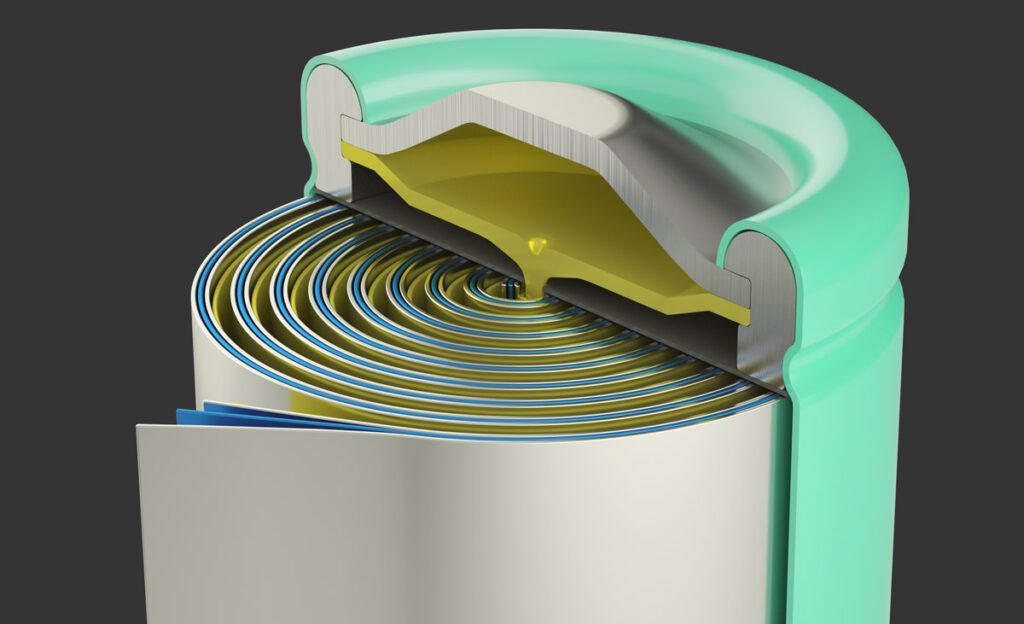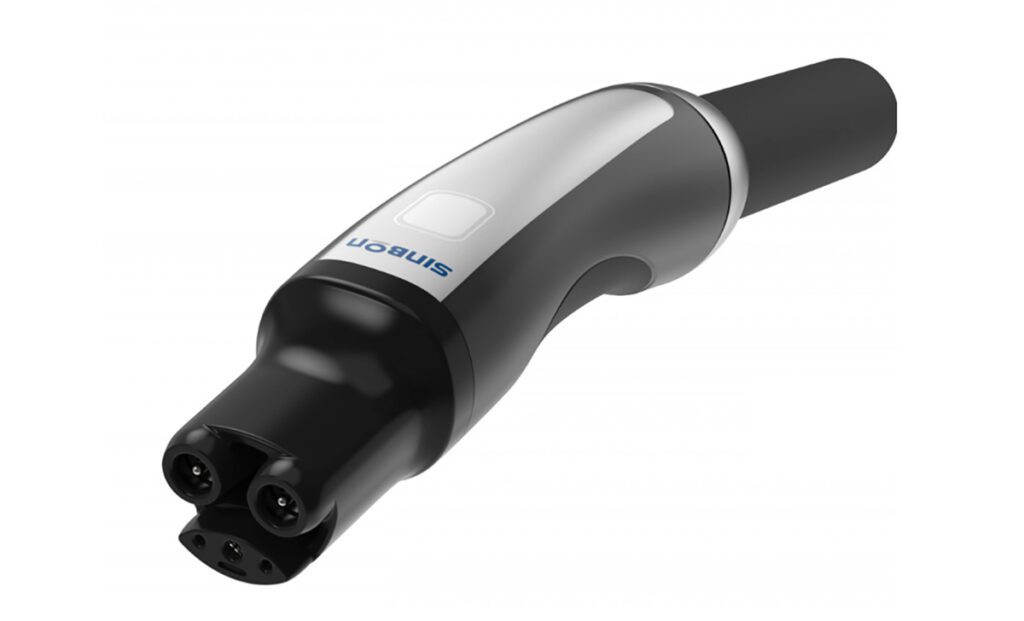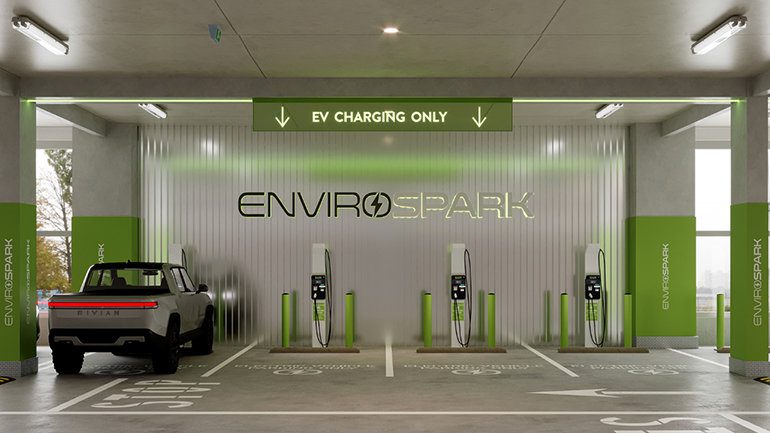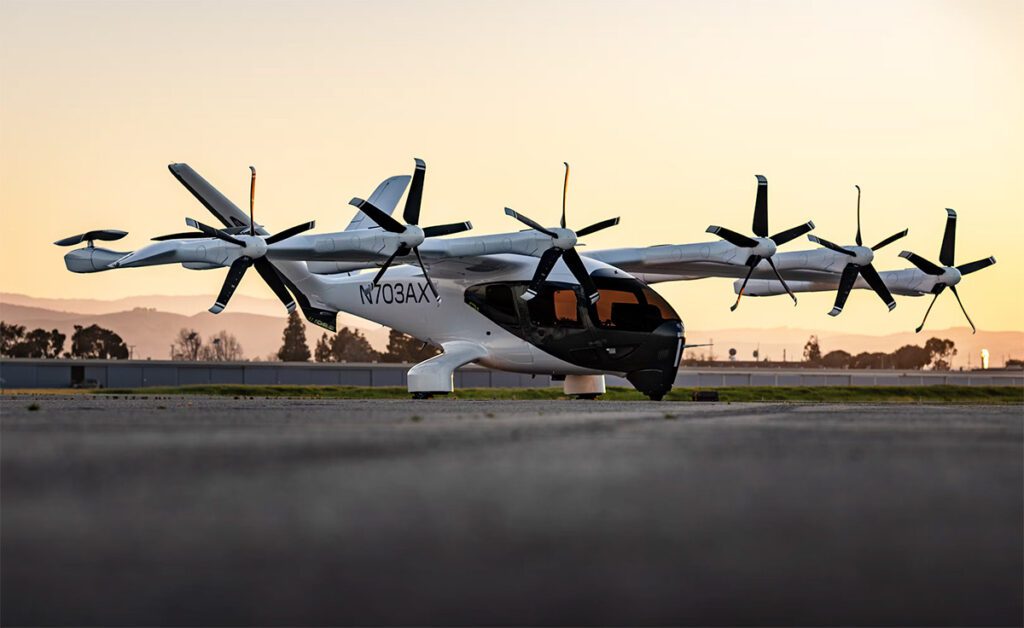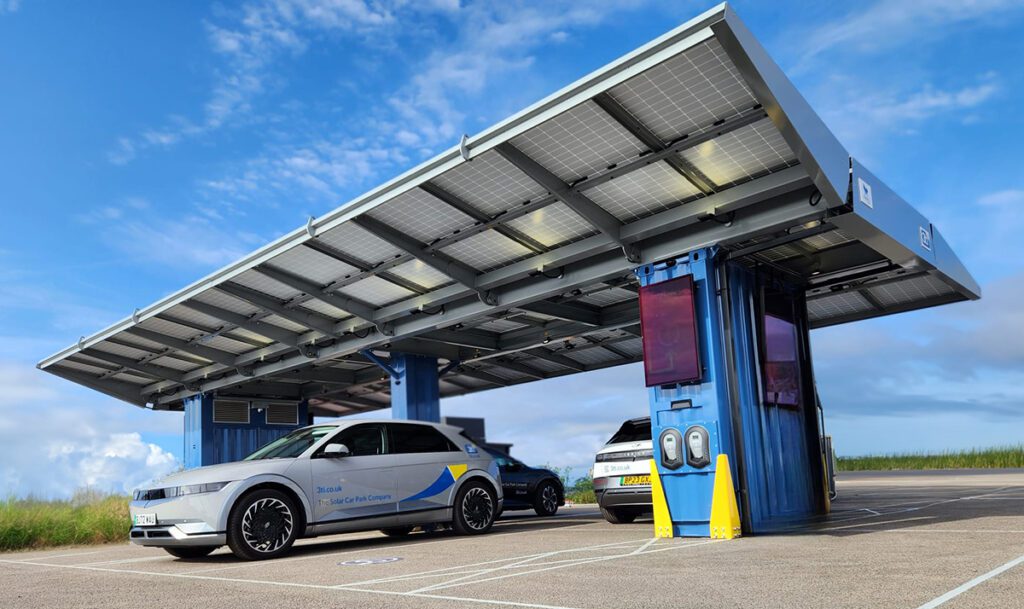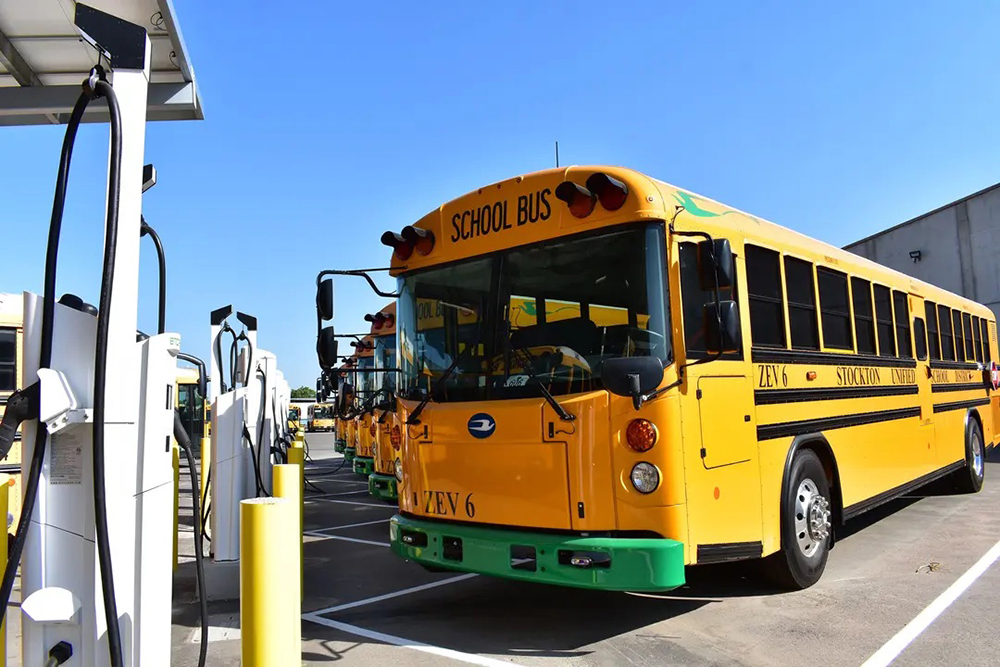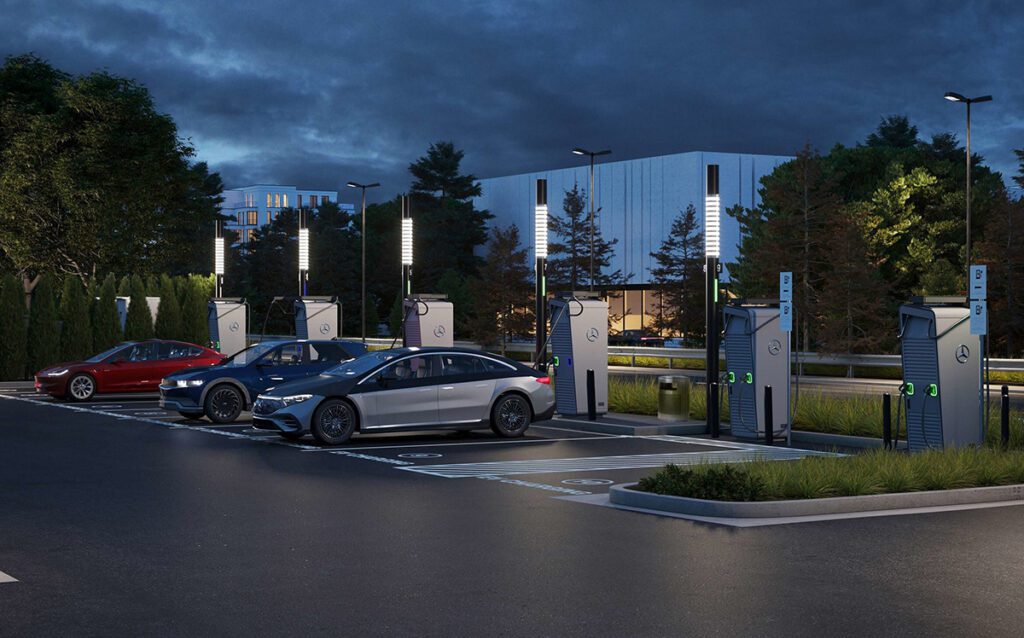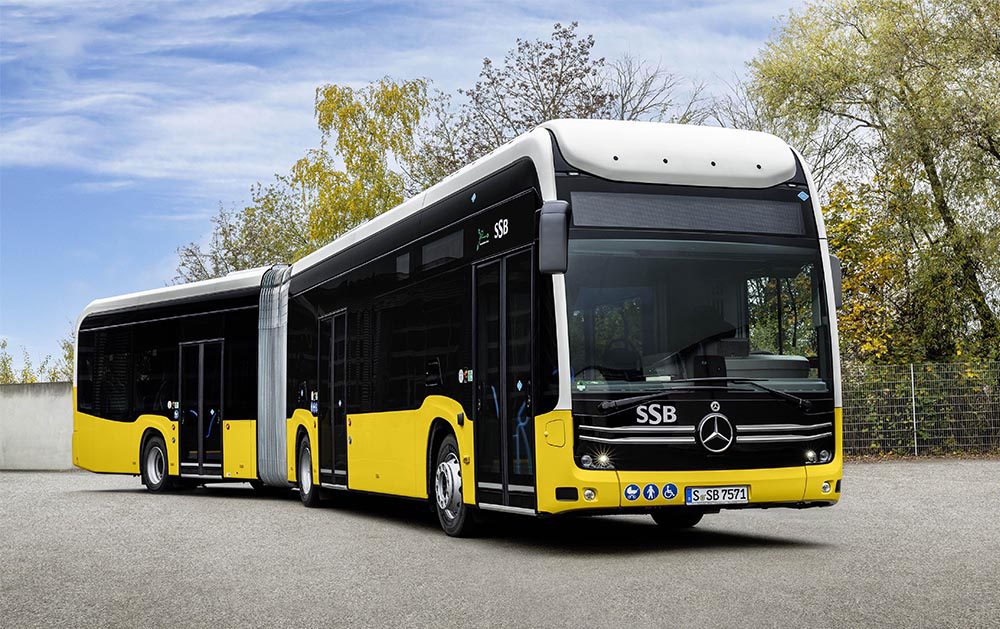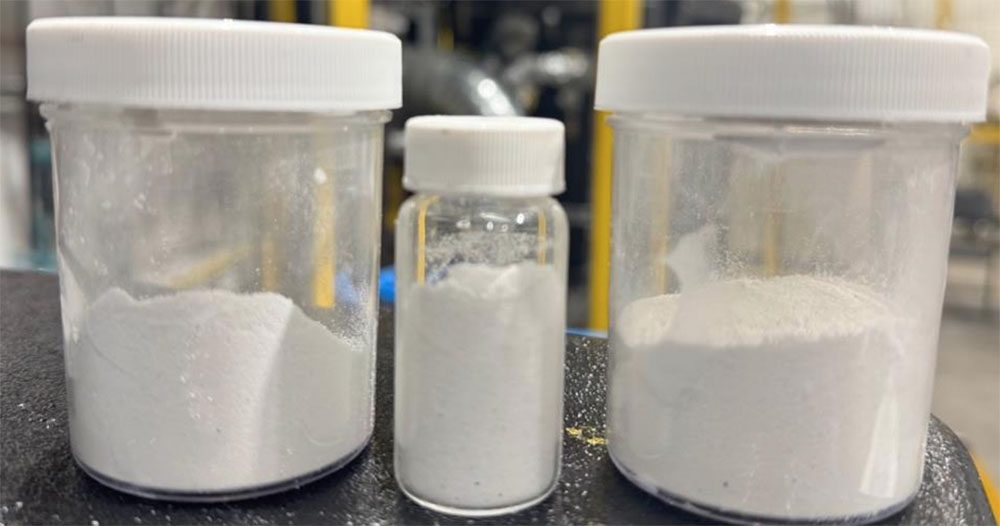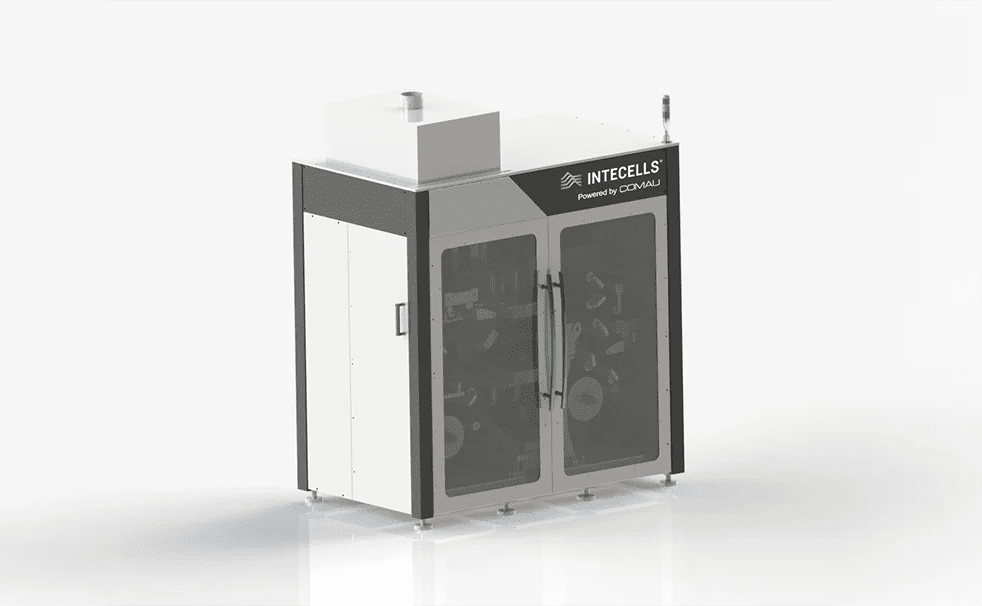As is the case with most government regulations, the California Air Resources Board’s Zero-Emission Vehicle rules are complex, and changing them tends to create winners and losers (and acronyms).
CARB regulators are now considering changes to the rules that would make it harder for automakers to comply with ZEV targets by buying credits, rather than building their own zero-emission cars, according to Bloomberg (via Green Car Reports).
California’s ZEV rules theoretically require automakers to sell zero-emission vehicles (EVs or fuel cell cars) in proportion to their overall sales. Some manufacturers build “compliance cars” to satisfy the mandate, others buy credits from automakers that have a surplus, and some do both.
As the only company that sells only EVs, Tesla has always had a surplus of credits, and selling them has provided a nice little source of side income ($168.7 million from ZEV and other regulatory credits in 2015). While the legacy automakers continually lobby to water down the ZEV regulations, Tesla has been a reliable proponent of leaving them as they are (although the company wisely treats this bounty as a temporary windfall, always separating it from operating income in financial statements).
As EV sales grow, CARB regulators now fear that there are too many credits available. The agency previously predicted that ZEVs would reach a market share of 15 percent by 2025 (another view: the World Energy Council believes that global market share will need to be 16% by 2020 to meet already-agreed-upon fuel economy standards).
But because so many ZEV credits have been issued, automakers may now be able to comply with regulations even if ZEVs make up as as little as 6 percent of their fleets. To get the figures back on track, the state may increase its ZEV requirement, said CARB member Dan Sperling. “The inclination here is to make the mandate tougher,’’ he said. The board could do that by raising the number of credits and sales automakers need to comply, and/or limiting the credits that any individual automaker can sell.
The proposed changes are drawing criticism both from automakers that are selling ZEVs and from those who have chosen not to.
“It’s a feature of the regulation that you’re required to produce fewer cars if you invest more in technology,” said Honda AVP Robert Bienenfeld. “It’s bizarre to say we need to make the regulation more stringent because it’s working.”
Diarmuid O’Connell, Tesla’s VP for Business Development, said he supports higher emission targets, but rejects the idea of capping credit trades, which he calls “an extremely stupid idea: You’d be punishing people who are doing the most to put EVs on the road.”
Federal and California regulators will soon begin midterm reviews of their emissions regulations (for a detailed look at those regs and how they came to be, read the recent book Driving the Future). California is to issue an evaluation in the fourth quarter of 2016.
“The industry asked for the midterm so we can lower the standard if necessary,’’ said CARB Chairman Mary Nichols. “We said ‘Fine, as long as there is also the possibility it can go higher.’”
Source: Bloomberg via Green Car Reports







